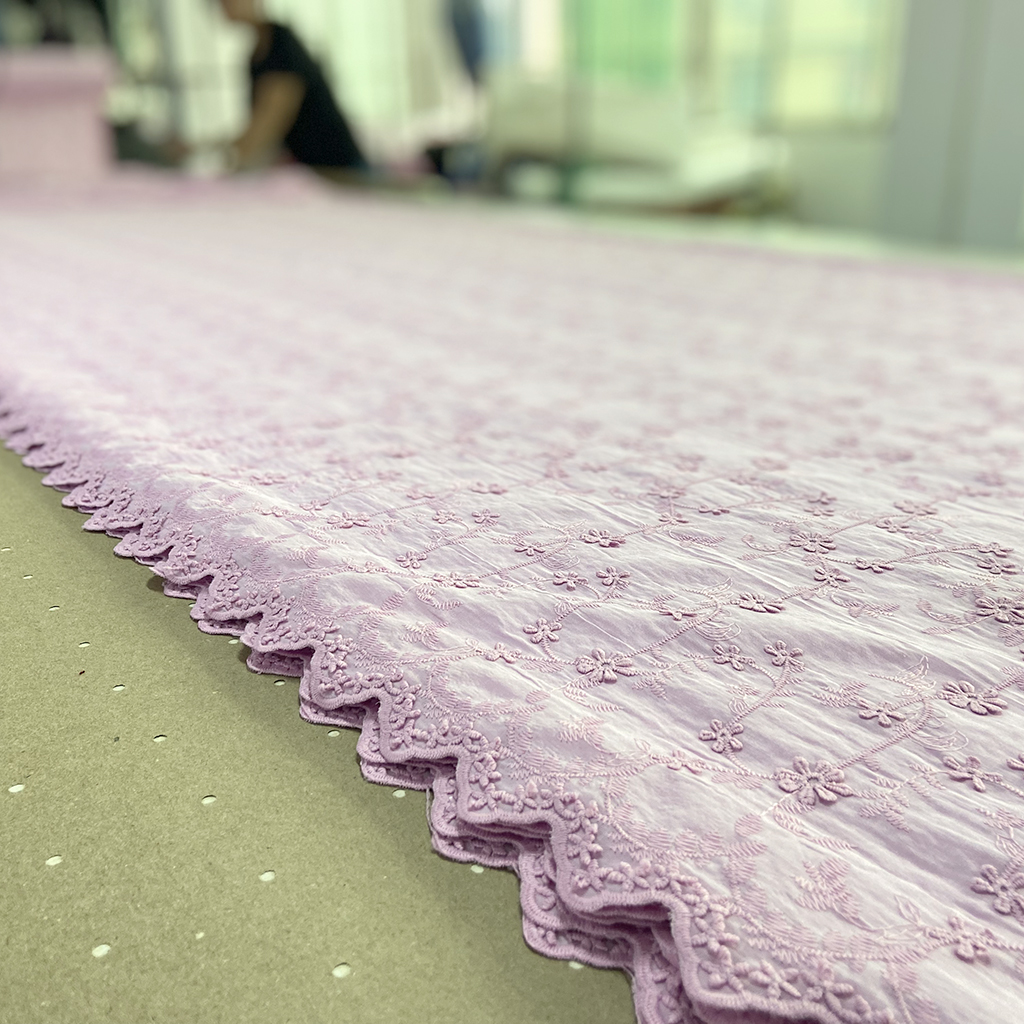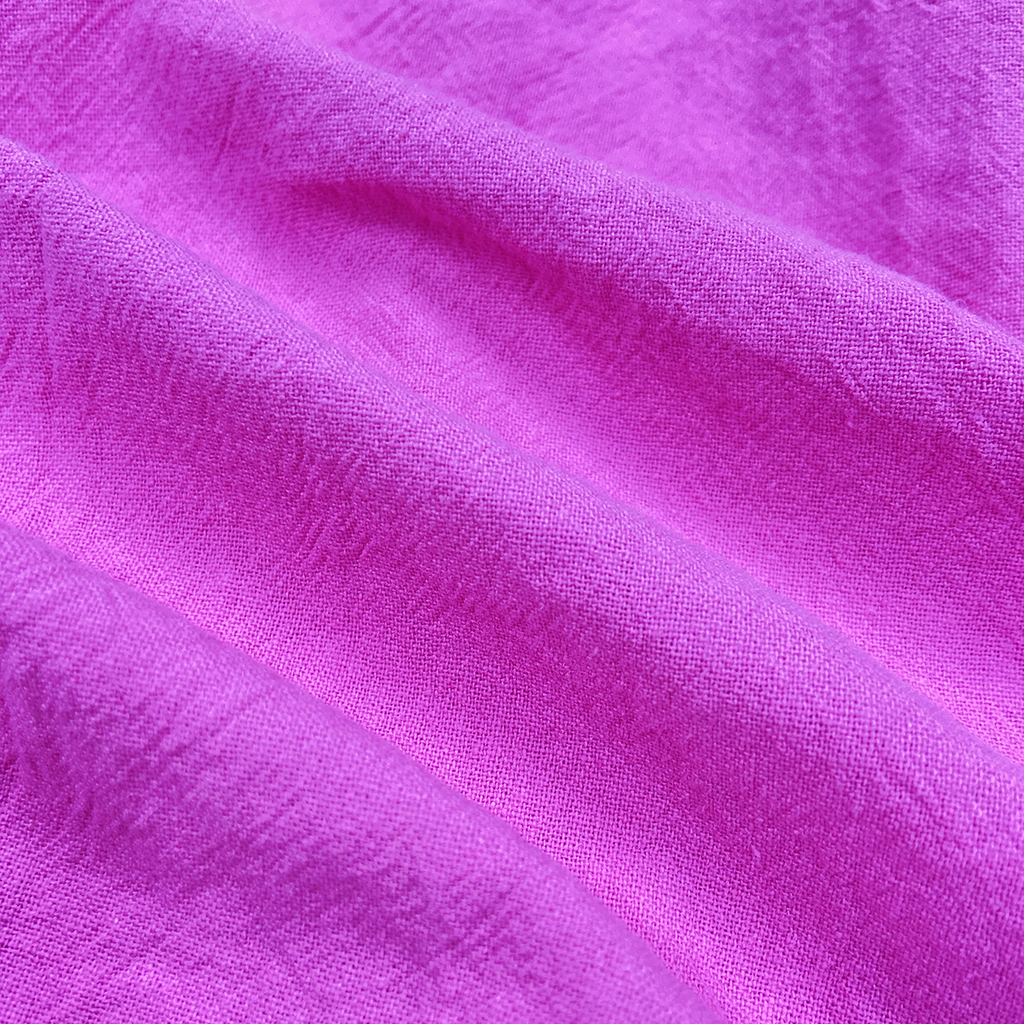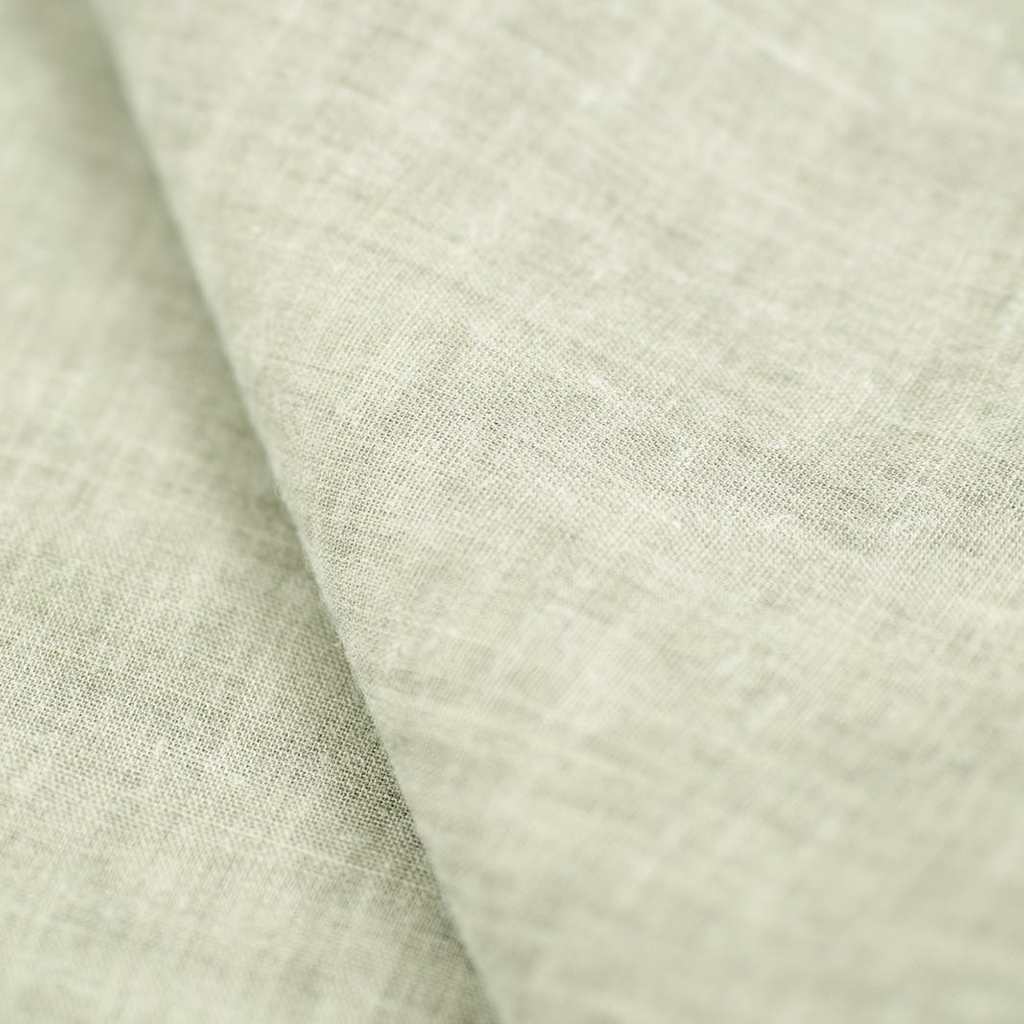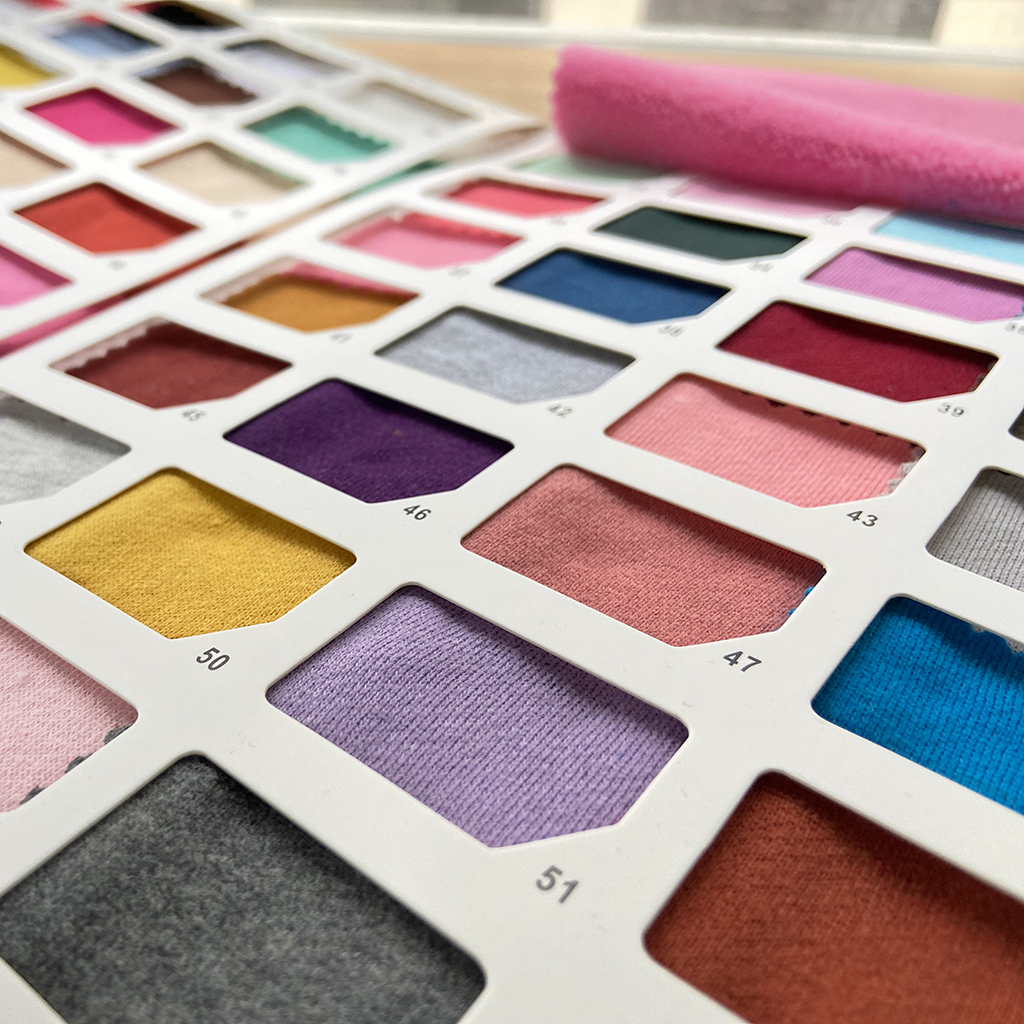Garment Manufacturer Insights on Top Eco-Friendly Fabrics for Future Fashion
blo01052023-02
As a leading global clothing manufacturer, we’re at the epicenter of an industry that’s witnessing a significant shift. The fashion world, once notorious for its environmental footprint, is increasingly leaning towards sustainable practices and eco-friendly fabrics. In this article, we’ll share our insights on the top 10 eco-friendly fabrics set to shape the future of fashion.

Understanding the Role of Eco-Friendly Fabrics
The term ‘eco-friendly fabrics’ refers to textiles created with an emphasis on sustainability, from sourcing and production to disposal. They are designed to minimize water consumption, energy usage, and environmental harm, contributing to a more sustainable fashion industry.
Why Choose Eco-Friendly Fabrics?
Sustainability is no longer an option but a necessity in the fast-evolving world of fashion. As a global clothing manufacturer, we understand our significant role in this narrative. The choice of eco-friendly fabrics reflects our commitment to environmental responsibility, as well as to consumers who are increasingly demanding sustainable fashion options.



Exploring the Top 10 Eco-Friendly Fabrics for Future Fashion
Let’s delve into the top 10 eco-friendly fabrics that are poised to reshape the fashion landscape:
Organic Cotton:
Grown without harmful chemicals, organic cotton is a sustainable alternative to conventional cotton, consuming less water and causing less harm to the environment.
Hemp:
This sturdy and versatile fabric requires no pesticides and less water to grow, offering a highly sustainable option for the fashion industry.
Bamboo:
Known for its rapid growth and low water requirements, bamboo can be transformed into a soft, breathable fabric that’s fully biodegradable.
Recycled Polyester:
Recycled polyester offers the benefits of synthetic fabric without the environmental impact of traditional polyester production. It’s created by recycling existing plastic, thus reducing waste.
Linen:
Made from the flax plant, linen is a biodegradable fabric that requires fewer resources to produce compared to cotton or polyester.



Tencel:
Tencel (also known as Lyocell) is derived from the pulp of sustainably sourced trees. It’s biodegradable and requires less energy and water to produce than cotton.
Wool:
When sourced responsibly, wool is a biodegradable renewable fabric that can be produced organically.
Soy Fabric:
Made from the byproducts of soy food production (like tofu), this fabric is soft, moisture-absorbent, and biodegradable.
Piñatex:
Piñatex is an innovative fabric made from pineapple leaf fibers, a byproduct of pineapple farming. It’s a sustainable and animal-friendly alternative to leather.
Recycled Cotton:
Recycled cotton is made from post-industrial and post-consumer cotton waste, reducing the demand for new cotton production and contributing to waste reduction.
The Consumer’s Role
Consumers play a crucial role in driving the demand for eco-friendly fashion. By choosing garments made from sustainable fabrics, consumers send a powerful message about their values and expectations. We are committed to providing consumers with eco-friendly choices, and in doing so, supporting the collective effort towards a more sustainable fashion industry.

Final Thoughts
The future of fashion lies in sustainability, and eco-friendly fabrics are at the heart of this evolution. As a global clothing manufacturer, we are excited and committed to being part of this journey toward a more conscious and responsible fashion industry. We envision a future where sustainable practices are the norm, not the exception, and where fashion plays a leading role in preserving our planet for future generations.
Google: D&J Fashion Manufacturer
Leave us a Google Review
Facebook: dnjfashionofficial
Instagram: dnj_fashion_official
Linkedin: D&J Garment Manufacturing and Supply Chain
Pinterest: dnjfashion
Youtube: @dnjfashion_official
Tik Tok: @dnj_fashion

